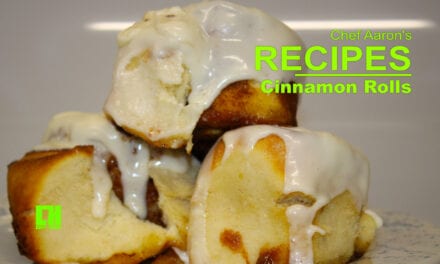Today we continue my journey to becoming a Certified Executive Chef through the American Culinary Federation (ACF).
There are two parts to the certification process, written and practical. Both parts of the certification must be completed within a one year span. There are rules and guidelines for both portions of the certification; what happens if you fail, how much it costs, where you can test, etc. I chose to do my written exam first, thinking that it would be the more difficult of the two. I bought the practice test that was available to me online and tested myself thoroughly, or so I thought….
My first attempt taking the test was unsuccessful. In order to achieve a passing grade a 300 score was required, I scored 293! After the first test, I realized that I was studying a lot of the wrong content. While I did take the practice tests that the ACF recommended, I was also studying a lot of my ServSafe material. Folks, this is not a ServSafe test. This was a test to determine your knowledge as a Chef. I’m not just talking about name that recipe, what is the internal temperature of something supposed to be or how many tablespoons are in a cup. The ACF wants to know if you have what it takes to start from the ground up; business plans, cuisines knowledge, how to mentor your employees, etc. The first time I took the written test was the best study guide I could have received. It let me know exactly what I needed to learn to get to the next level.
Now make no mistake about it, you don’t receive a copy of your test highlighting the answers you got right or wrong. You merely got a piece of paper saying what your overall score was. It was obvious that I hadn’t put in the work yet to be where I wanted to be. After the mandatory 30-day waiting period to retest, I was going to be ready and learn from my mistakes. On the second attempt, I passed with flying colors and knew it was time to get ready for the practical exam.





Recent Comments